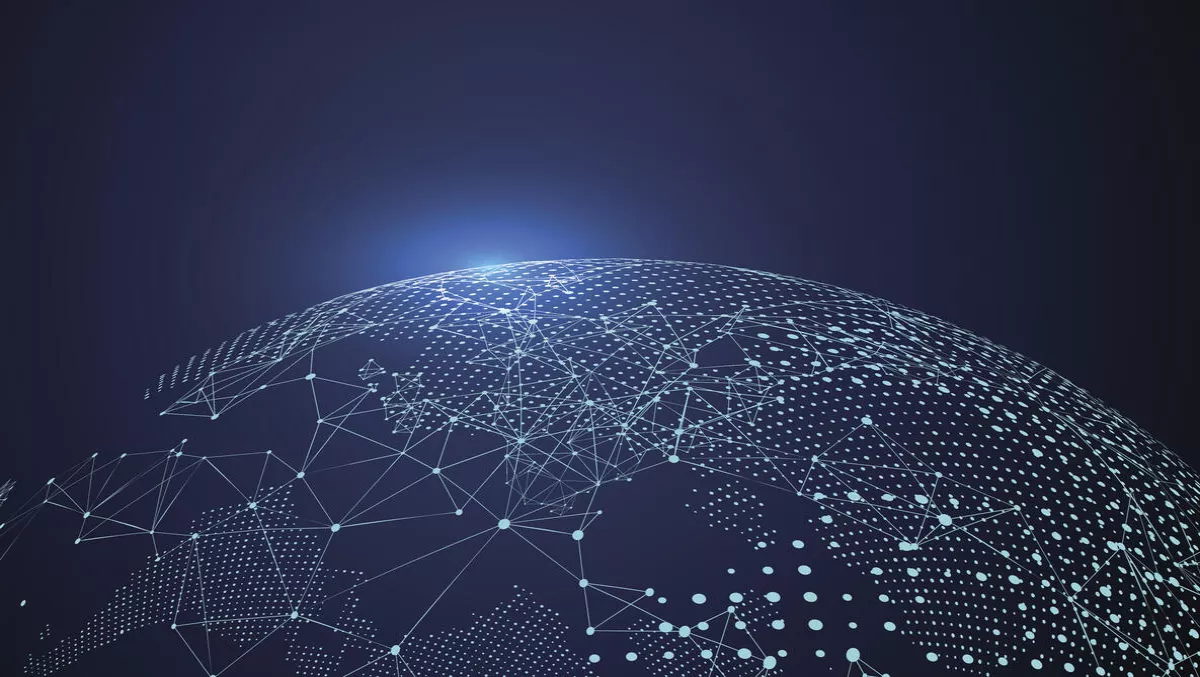
Equinix talks how to handle the subsea cable building boom
Let's face it, a zettabyte is hard to get your head around. But this mind-blowingly large unit of digital information is what we measure global data traffic in today, because the flow of traffic keeps growing, with no end in sight.
And it's fueling a subsea cable building boom.
Submarine cable systems have long been essential to the internet, given that about 90%+ of all internet traffic touches one. But the combination of dominant tech trends and internet demographics has amped up data traffic to new levels. In fact, projected traffic flows are now so massive that the largest cloud and content delivery companies are realizing something unsettling when they review existing plans to expand network capacity: They actually need even more than they thought.
At Equinix, we're ready to help subsea cable systems operators provide that capacity. Equinix already hosts 14 subsea cable systems inside our global facilities. Our worldwide footprint, choice of cloud providers and the ability we give subsea cables to land inside Equinix, rather than at the beach, make us a natural home for new subsea cable systems.
Cloud drives subsea cable expansion
According to Cisco, the "zettabyte era" began late last year, when global internet traffic reached a run rate of 1 zettabyte (ZB). To put that in perspective, if every gigabyte in a zettabyte were a meter, it would span the 4,300+ mile length of the Amazon River more than 150,000 times.
It took the world a couple decades to reach a zettabyte in annual traffic, but Cisco projects we'll more than double that by 2020, when global data traffic hits 2.3 ZBs.
Cloud is the biggest driver of this growth. It's absolutely dominant in the enterprise, with RightScale's annual survey reporting 95% of companies are using cloud. And emerging, cloud-related trends are putting major pressure on businesses. How are the cars on U.S. highways going to be connected and communicating without cloud? How will any of the billions of connected devices in the Internet of Things exchange and analyze data or execute tasks? How else can the same movie be delivered at the same time by the same service to two different users – one in Shanghai, one in Seattle?
This enormous need for cloud services has changed a traditional funding dynamic for subsea cable systems. It used to be that telecommunications companies were the key investors in subsea cable expansion, but now it's content companies and cloud providers. Why? Content giants like Facebook, Google, etc. must be able to access cloud services everywhere to deliver on their customers' seemingly insatiable demand for content, and hyperscale cloud providers must be able to provide that access. So both are taking the lead on investing in the subsea systems that make that possible.
One example of this is a partnership announced last year between Google and Facebook to build a high-capacity subsea cable system connecting Hong Kong and Los Angeles. Another is the Monet Submarine Cable System linking the U.S. and Brazil, which is being built by a Google-led consortium of investors and landed in the U.S. at an Equinix data center in Miami.
Another fuel for subsea cable growth is the demand to develop or expand internet access into underserved areas globally. This is something many in internet-rich countries rarely think about, because internet access is assumed to be ubiquitous.
In fact, live internet usage totals put internet access at just under half the global population of 7.5 billion. But many places with limited internet are ready to expand, and subsea cables are a critical part of that.
For instance, the sprawling and newly launched Asia-Africa-Europe cable system project between France and Hong Kong will cover 15,000 miles of ocean floor and connect numerous underserved regions, including Egypt (33% internet penetration) India (34%) and Pakistan (18%).

